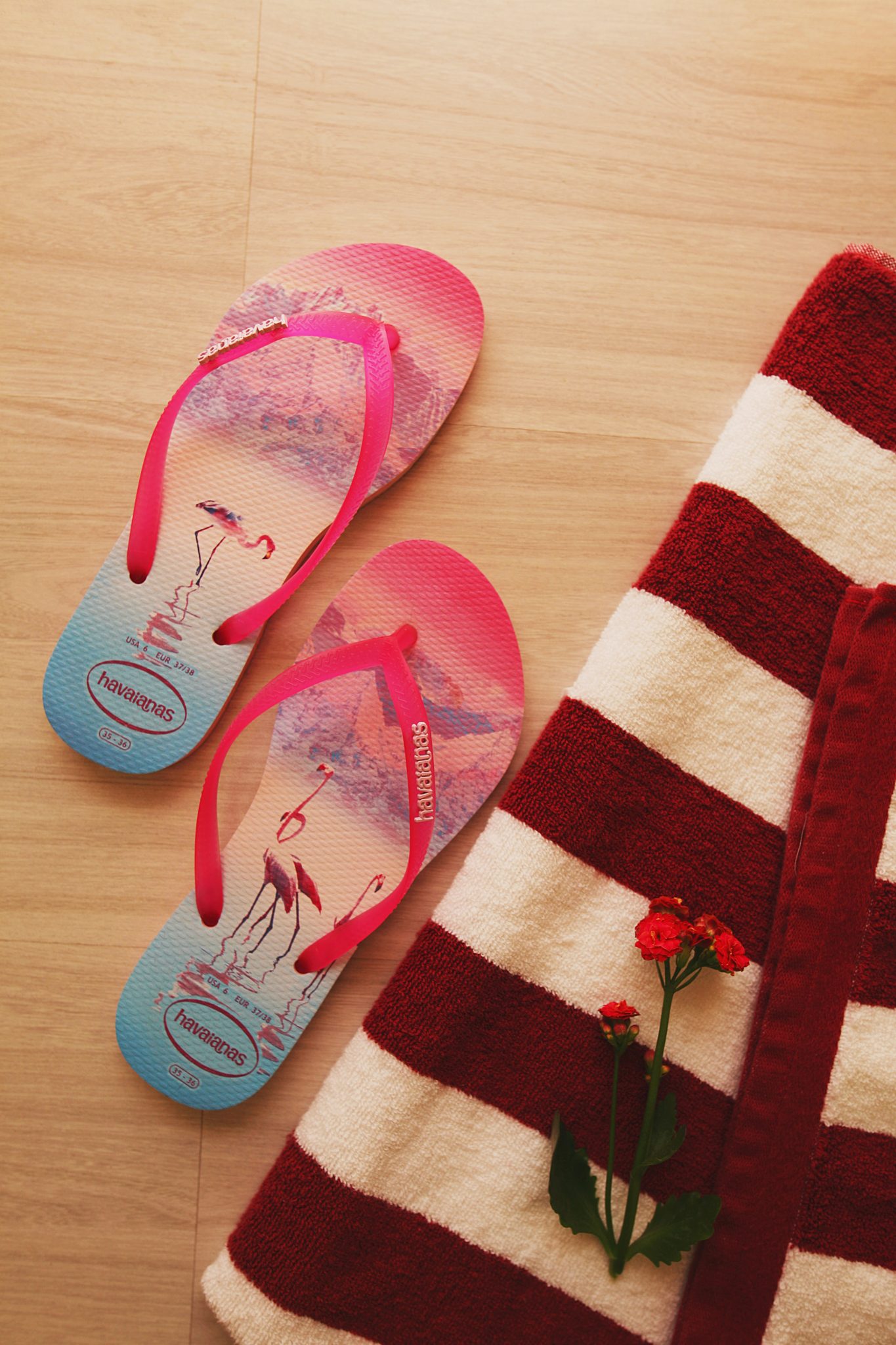Flip-Flops and Footwear

Summer may be well underway, but hopefully we have some beautiful days left to enjoy the outdoors before the seasons change. During the summer it’s nice to be able to slip on a pair of casual flip-flops to head out the door. However, we may want to rethink wearing minimally supportive sandals.
When we wear flip-flops or other unsupportive sandals, our feet have to work extra hard. Since sandals only have a small amount of material securing them to our feet, the toes compensate by gripping the soles. This can lead to tendonitis and eventually hammer toes. Additionally, without support in the arch, we can develop plantar fasciitis and arch pain.
As we age, we also have to be more aware of our footwear. Wearing athletic shoes can help decrease the risk of falling, whereas wearing sandals or going barefoot can increase our risk of falling. Those with diabetes should also be careful when choosing footwear and should not wear sandals due to the increased risk of injury, especially those with neuropathy or decreased sensation.
When choosing the best flip-flop or sandal, try to follow these guidelines:
- First and foremost, make sure they fit. Nothing should be hanging off the side or ends.
- Bend the shoe in half. If it bends a little, that’s okay. But if it bends in half easily, you should probably choose one with more support.
- Look for a shoe with a bump in the middle where your arch goes as that indicates more arch support.
- The more straps, the better. The sandal will be better secured to your foot and you will be less likely to grip the sandal with your toes.
The good news is, most of us can wear our $5 flip-flops for a few minutes here and there without any consequence. But if you’re going to be walking or standing several hours, make sure you find a more supportive shoe to avoid ruining the rest of your summer with foot pain.
By Jessica Hansen, DPT


